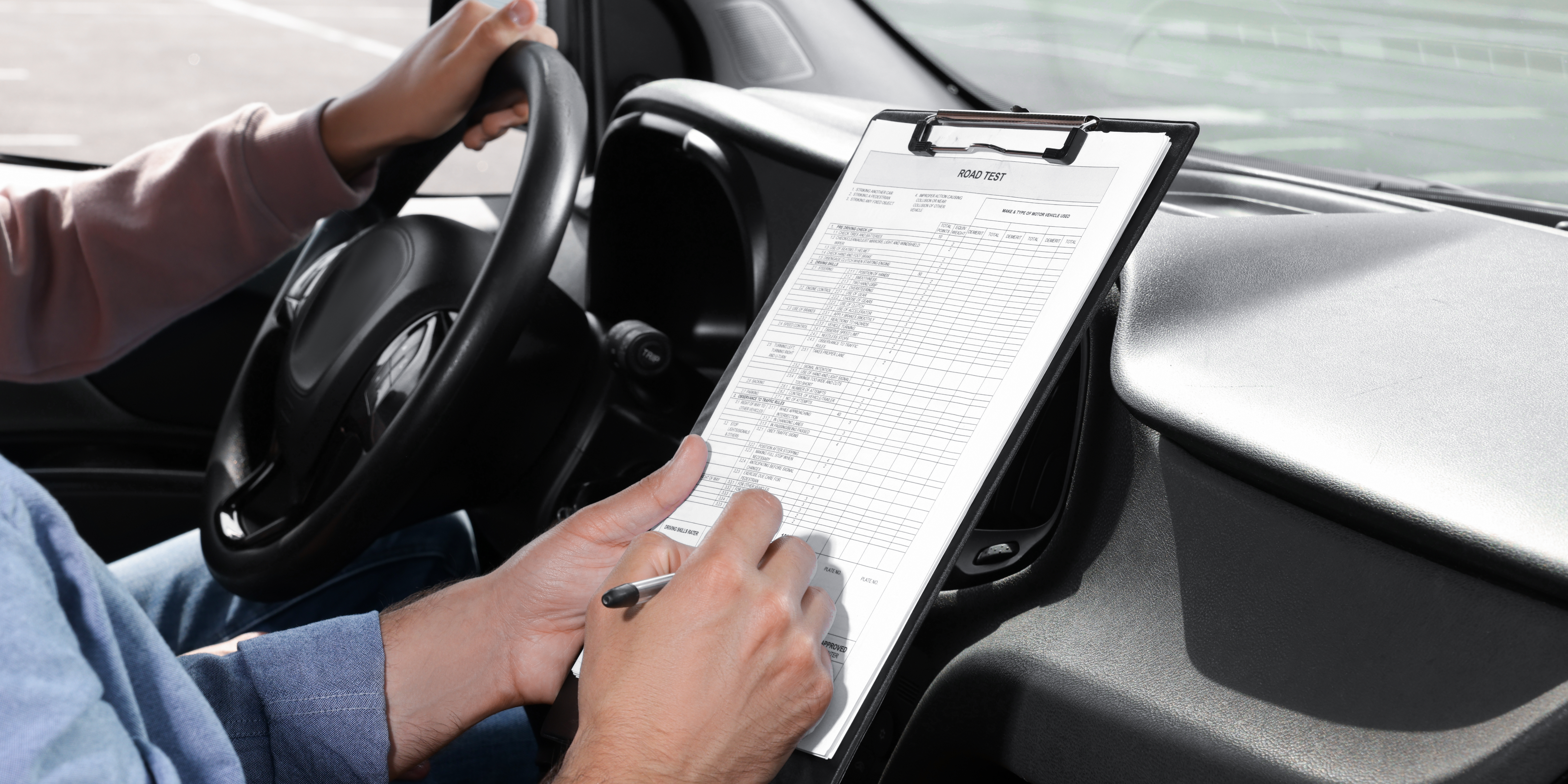Introduction
Roundabouts are an efficient and increasingly popular traffic control measure used at intersections to improve traffic flow and reduce congestion. Navigating roundabouts can be daunting for some drivers, but with proper understanding and techniques, you can maneuver them safely and confidently. In this blog post, we will explore essential tips for navigating roundabouts safely, ensuring a smooth and secure journey through these circular junctions.
Understand the Basics
Before approaching a roundabout, familiarize yourself with its layout and the rules that apply. Roundabouts typically have yield signs or marked yield lines indicating the entry point. Vehicles inside the roundabout have the right-of-way, while those entering must yield to the circulating traffic. Always look for and yield to pedestrians in the crosswalks.
Reduce Speed
As you approach a roundabout, reduce your speed to an appropriate level. Pay attention to any posted speed limits or advisory speed signs for the roundabout. Reducing speed allows you to assess the traffic flow and make informed decisions as you navigate through the junction.
Use the Correct Lane
Roundabouts often have multiple lanes, and it’s crucial to use the correct lane for your intended exit. If you plan to take the first exit, stay in the right lane. For all other exits, use the left lane. Indicate your intention to change lanes early and check your mirrors and blind spots before doing so.
Yield to Circulating Traffic
Remember to yield to vehicles already in the roundabout. Wait for a sufficient gap in traffic before entering. Keep in mind that larger roundabouts may have multiple lanes of circulating traffic, so exercise caution and patience as you wait for a safe entry point.
Maintain a Steady Speed
Once you enter the roundabout, maintain a steady speed and keep to the center of the lane. Avoid stopping or changing speed abruptly, as it can disrupt the flow of traffic and create confusion for other drivers.
Watch for Pedestrians and Bicyclists
Be vigilant for pedestrians and bicyclists crossing the roundabout. Yield to them and allow them to safely cross before proceeding. Keep in mind that pedestrians have the right-of-way at designated crosswalks.
Look to Your Left
As you approach your exit, look to your left to check for approaching traffic. Yield to any vehicles already in your lane and indicate your intention to exit by using your turn signal.
Exit Smoothly
When it’s safe to do so, exit the roundabout smoothly and avoid sudden lane changes. Maintain your speed and continue on your chosen route.
Don’t Change Lanes Inside the Roundabout
Changing lanes inside the roundabout is unsafe and discouraged. Once you’ve entered and chosen your lane, stay in that lane until you reach your exit.
Practice Defensive Driving
Always practice defensive driving techniques while navigating roundabouts. Stay alert, anticipate the actions of other drivers, and be prepared to react to unexpected situations.
Conclusion
Roundabouts are an efficient and safe alternative to traditional intersections, but they require proper navigation to ensure a smooth flow of traffic. By understanding the rules, reducing speed, using the correct lane, and yielding to circulating traffic, you can navigate roundabouts safely and confidently. Be vigilant for pedestrians and bicyclists, and always exit smoothly, using your turn signal to indicate your intention. Remember, the key to navigating roundabouts safely is to stay focused, be patient, and follow the flow of traffic. With practice and adherence to these essential tips, you can master roundabouts and contribute to safer roads for everyone. Happy and safe driving!
Click here to view our different packages or click here to book your road test.
Lastly, our services are extended to Toronto, North York, Etobicoke, Scarborough, Vaughan and Brampton.



